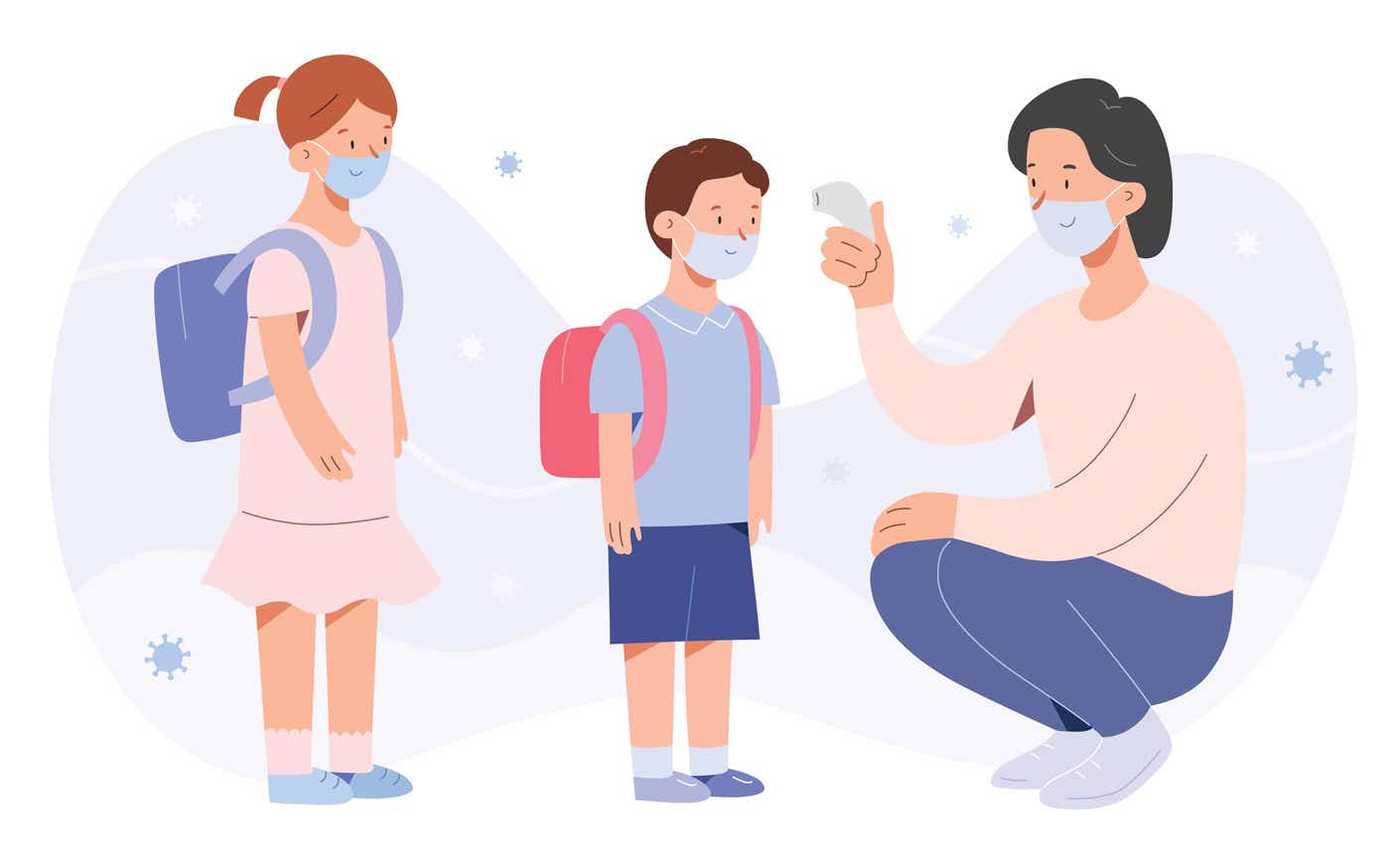We’re now just weeks away from students returning to schools. But as the Delta variant continues to spread and states and cities reconsider mask and vaccine mandates, the plan to safely bring children back into classrooms is still evolving. And even if kids do go back to school in person this year, it will look nothing like it used to. Education as we know it is long gone. So, what will school look like now?
Policies vary widely from district to district, but there are a few things all parents should expect and know before the first day of school.
Will students have to wear masks and be socially distanced at school?
Most districts will be using the safety protocols they established last school year, with some modifications, says Robin Lake, the director of the Center on Reinventing Public Education. Her organization has been monitoring the pandemic policies of 100 districts across the country.
“They’re sticking to what they did last year, with more determination to remain in-person rather than shifting back to remote,” Lake said. “They’re really seeing that kids have slipped in their learning and need to be with their friends and get back to normal.”
Students will continue to be spaced at least three feet apart and classrooms will be well ventilated. Many schools will require students to wear masks and give children short breaks during the day during which they can remove them. Most classrooms will have plenty of hand sanitizer on hand and the plexiglass partitions between desks will remain up. “All that stuff is going to remain the same,” said Michelle Macchia, a professor at Rutgers Graduate School of Education.
Aleya Shoieb, the principal of New Jersey-based Franklin Elementary School, said all of her students will need to wear masks, but they’re planning to ease up on certain precautions like requiring one-way hallways. She also plans to tweak the lunch period, to minimize the number of students eating in the cafeteria at the same time.
Will remote learning still be an option?
School districts were pretty determined to move students back to full-time in-person learning this school year, but the recent rise in infections has made many of them decide to offer remote learning, Lake said. “That’s something that’s shifted pretty rapidly in the past month,” she said.
About 75 percent of the districts she’s tracking are offering some sort of remote option, although some are only making that available to medically fragile children or those too young to be vaccinated.
Will teachers and students be tested for Covid at school?
Only 10 districts are requiring regular Covid-19 tests, although Lake considers it a key measure to safely reopen schools. Districts including Baltimore City Public Schools, Norfolk Public Schools, and St. Louis Public Schools have implemented testing requirements for students and staff. The Los Angeles Unified School District, the second-largest district in the U.S., has an even more aggressive regimen in place, mandating weekly tests for all students and staff, regardless of their vaccination status.
What to ask before the start of the school year
Because of how quickly things are shifting with the rise of the Delta variant and how politically charged vaccine and mask mandates have become, Lake says many schools have taken a wait-and-see approach to their pandemic policies. As a result, some districts have not been great about communicating with parents about what they should be expecting in the fall. That’s why it’s crucial to reach out to school administrators if you have concerns.
She suggests figuring out the mask and vaccine requirements for students and staff and learning about the school’s quarantine strategy, something that many districts have updated since last school year. Lake also recommends asking about remote-learning options and determining what the school’s contingency plan looks like if a new surge forces classrooms to close.













